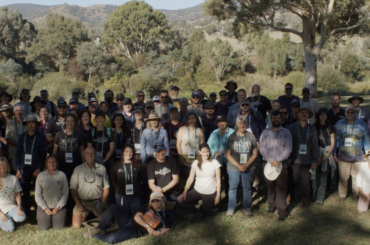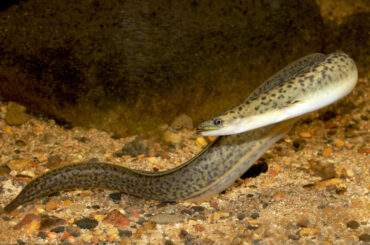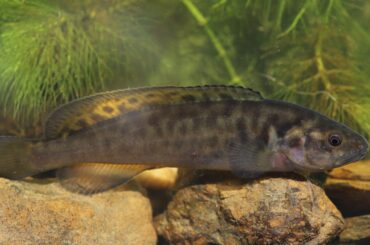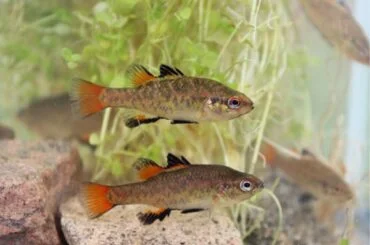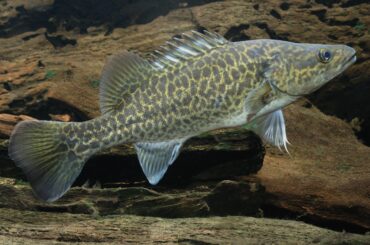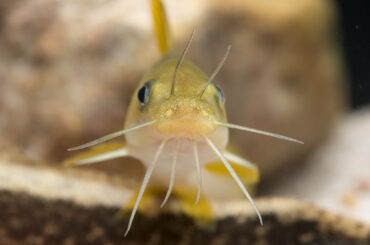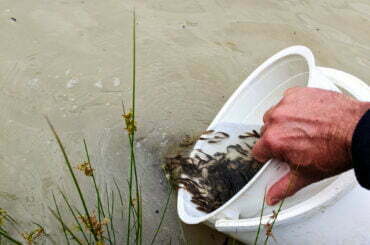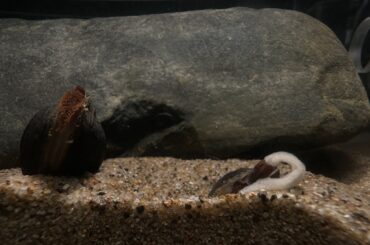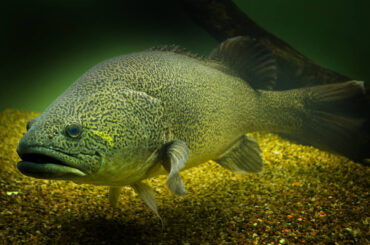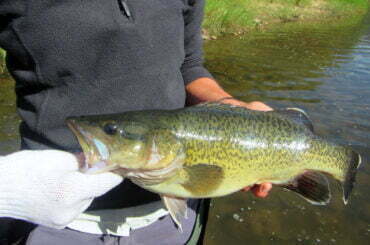Here at Finterest, we strive to support our native fish populations and those working to protect them. At the Native Fish Forum 2024 in Canberra, the focal point was to reflect, share and collaborate around all things native fish. As researchers, concerned community members and industry professionals we tend to get funnelled into silos of
Eels have been somewhat of an enigma to researchers, however, they have provided a vital fishery for Indigenous Australians for millennia. Aboriginal people in the coastal Darlots Creek system in VIC harvested and farmed Short-finned eels via complex systems of stone-walled trap and channels and ponds. Freshwater eels are a part of the family Anguillidae
Carp gudgeons are a mysterious species typically found in slow-flowing or still waters that frequently baffle fish enthusiasts and scientists alike. A small and laterally compressed species, the carp gudgeons have caused great confusion over their identification across southeastern Australia. Intially, only one species of carp gudgeon was formally described in the Murray-Darling Basin (MDB)
It’s no secret that Australian native fish provide many benefits to the ecosystems they inhabit and the wider community. However, native fish face various threats to their survival such as habitat degradation, climate change, invasive pests and over-exploitation. Australia's large geographic area coupled with the vast diversity in fish and fisheries presents a challenge for
In August last year we reported on the Southern Pygmy Perch (SPP) and the recovery efforts happening in the Upper Lachlan area. Recently, they have made quite the splash in the Mid-Murray Recovery Reach! The North Central Catchment Management Authority (CMA) is applying their Native Fish Recovery Plan in partnership with the Department of Energy,
Fish stocking is an important tool used to supplement existing fisheries, create new ones and support populations of fish found in rivers, creeks and other waterways. Stocking may be done for the benefit of commercial, recreational or Cultural fishing, but may also be done for ecological conservation to restore or increase the population of threatened/endangered
Fish screens can be a useful tool for irrigators and lifesavers for fish — without fish screens over irrigation pumps, debris and wildlife can be sucked up into pipes that draw water from rivers. This causes fish and other creatures to become trapped and die, which in turn partially or fully blocks the pipes, forcing
As we move into the summer months in Australia, more of us will be enjoying our freshwater rivers. However, with the Murray-Darling Basin (MDB) in the news again, I find myself revisiting the content from the Native Fish Forum held in Dubbo 2023. Not only was I inspired by the “People making fish happen”, but
Due to some heavy lifting by the Arthur Rylah Institute (ARI) captive breeding of the critically endangered Glenelg Freshwater Mussels (Hyridella glenelgensis) is being trialled for the first time. All bad puns aside, this important work ultimately aims to help recover the mussels and prevent their extinction. Four Glenelg Freshwater Mussels. Source: Tim Fernando Mussel
Within the Murray Darling Basin (MDB), experts have estimated a decline in native fish abundance of ~90% since European settlement. Things such as changes to the hydrological regime, habitat degradation, river regulation and infrastructure, over-fishing, and impacts from alien species are all contributing to the ongoing decline (Koehn and Lintermans 2012; Lintermans 2013). Ongoing monitoring
We know that Australians love to fish - the types of recreational fishers are vastly diverse across Australia, with fishing meaning something different for everyone. In 2000, the first national scale recreational fishing survey was conducted, estimating that 19.5% of Australians aged five and older recreationally fish (Henry and Lyle 2003). This number was substantially
Macquarie perch were once abundant in their namesake, the Macquarie River, yet are now extremely threatened throughout the Murray-Darling Basin. The species is considered extinct in SA and endangered in NSW, VIC and ACT. Extinction is looming for this little fish, with only four isolated wild populations left in NSW, spanning less than a combined
